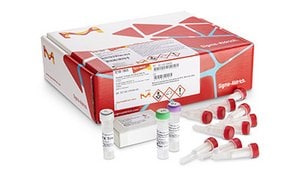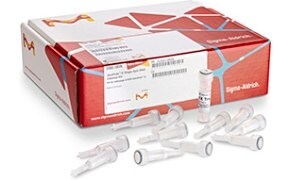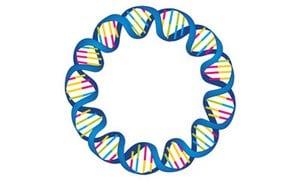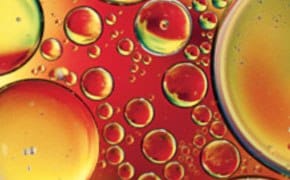DNA & RNA Purification
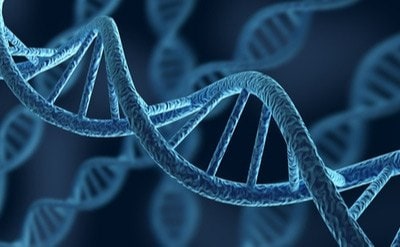
Featured Categories
High yield, high quality DNA extraction and purification kits tailored to a variety of common and challenging sample types including cell culture, mammalian tissue, blood, viruses, bacteria, plant tissue, soil, water, urine, stool, PCR reactions, and agarose gel extractions.
Rapid, reliable total RNA and mRNA purification from a variety of samples including cells, tissues, viruses, plants, serum, and plasma.
Simplify plasmid DNA purification with kits in multiple sizes. Ideal for cloning and protein expression needs.
Discover versatile biological detergents, surfactants for lysis, electrophoresis, WB, transfection, research applications. REACH-compliant options available.
DNA and RNA samples are often obtained from crude preparations. Genomic DNA, plasmid DNA, and total RNA can be extracted and purified from a variety of sources including bacterial and mammalian cells, plant tissue, fungal tissue, mammalian tissue, blood, plasma, serum, viruses, buccal and nasal swabs, gel matrices, PCRs, and other enzymatic reactions. Isolation of nucleic acid from these samples often involves the lysis of cell membranes or sample homogenization, followed by the removal of proteins, enzymes, detergents, salts, and lipids.
Common approaches include:
|
|
The final application will dictate the best method for purification. Downstream applications include PCR, qPCR, restriction digests, ligation, cloning, genotyping, gene expression analysis, next generation sequencing (NGS), and Northern and Southern blotting.
Visit our document search for data sheets, certificates and technical documentation.
Related Articles
- Learn about the importance of oligonucleotide purification, recommended methods, common techniques and applications, and key steps in the processes.
- An overview of methods for quantifying DNA and RNA, how to measure DNA and RNA concentration and yield, and how to assess purity of nucleic acid samples.
- Fit-for-use products offer the quality, consistency & documentation necessary for every step of your IVD development and manufacturing process.
- This page shows possible causes and solutions for problems that may occur during plasmid DNA preparation.
- GenElute™-E DNA purification kits ensure accurate DNA quantitation and downstream enzymatic processes.
- See All (40)
Related Protocols
- Handing and stability techniques to reduce variation and ensure trouble-free experiments.
- Plasmids purified from genomic DNA, proteins, ribosomes, and the bacterial cell wall are used in molecular biology research. Various methods have been developed for plasmid DNA purification.
- GenomePlex® Whole Genome Amplification efficiently extracts DNA from animal samples for genomic analysis.
- This study examined the yield and quality of DNA from samples applied to Whatman FTA cards, using five common methods of DNA extraction.
- 0.1 mU RNase, DNase-free degrades 1 μg RNA in 30 min at + 37 °C in a reaction volume of 50 μL PCR grade water. The protein concentration of RNase, DNase-free is 0.5 μg/μL.
- See All (55)
Find More Articles and Protocols
How Can We Help
In case of any questions, please submit a customer support request
or talk to our customer service team:
Email custserv@sial.com
or call +1 (800) 244-1173
Additional Support
- Chromatogram Search
Use the Chromatogram Search to identify unknown compounds in your sample.
- Calculators & Apps
Web Toolbox - science research tools and resources for analytical chemistry, life science, chemical synthesis and materials science.
- Customer Support Request
Customer support including help with orders, products, accounts, and website technical issues.
- FAQ
Explore our Frequently Asked Questions for answers to commonly asked questions about our products and services.
To continue reading please sign in or create an account.
Don't Have An Account?